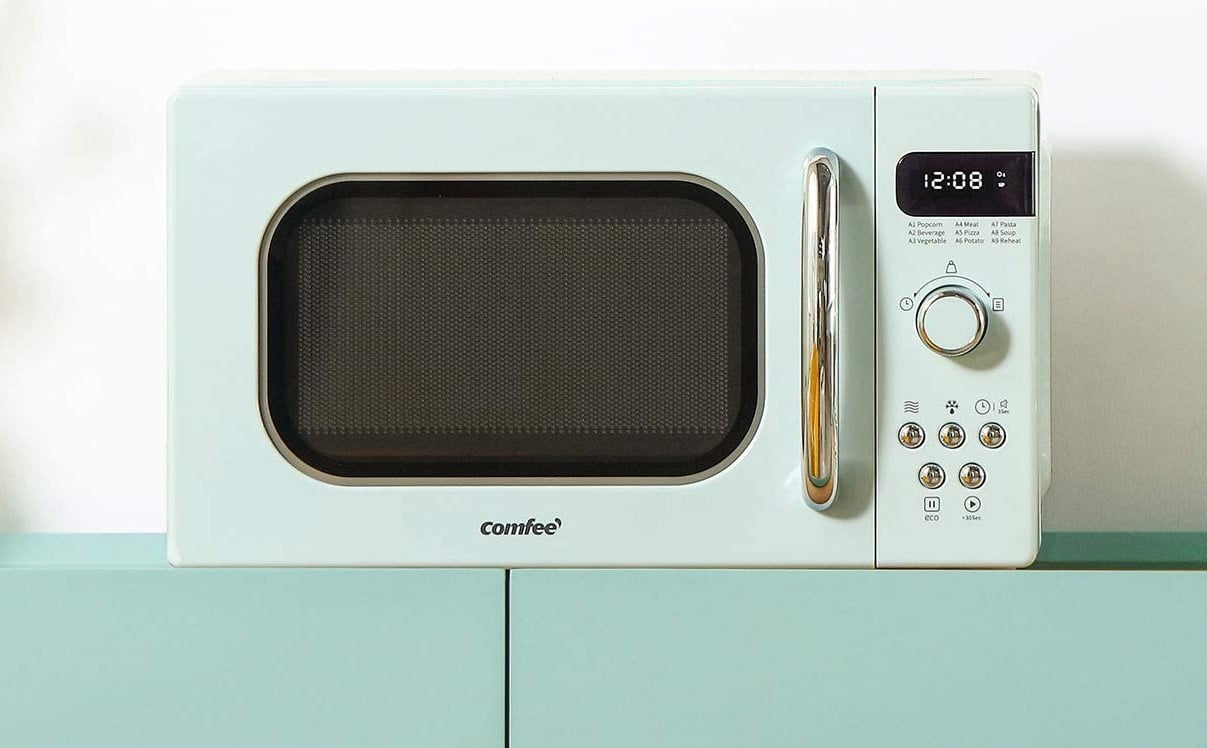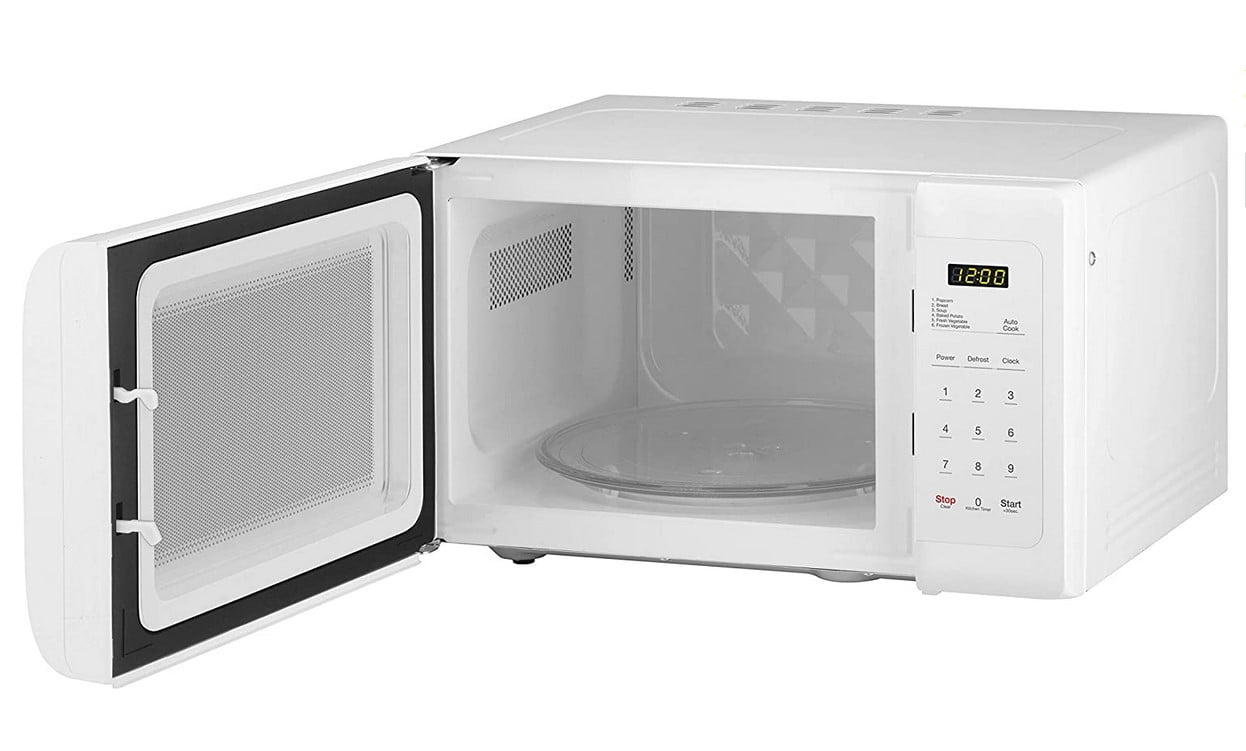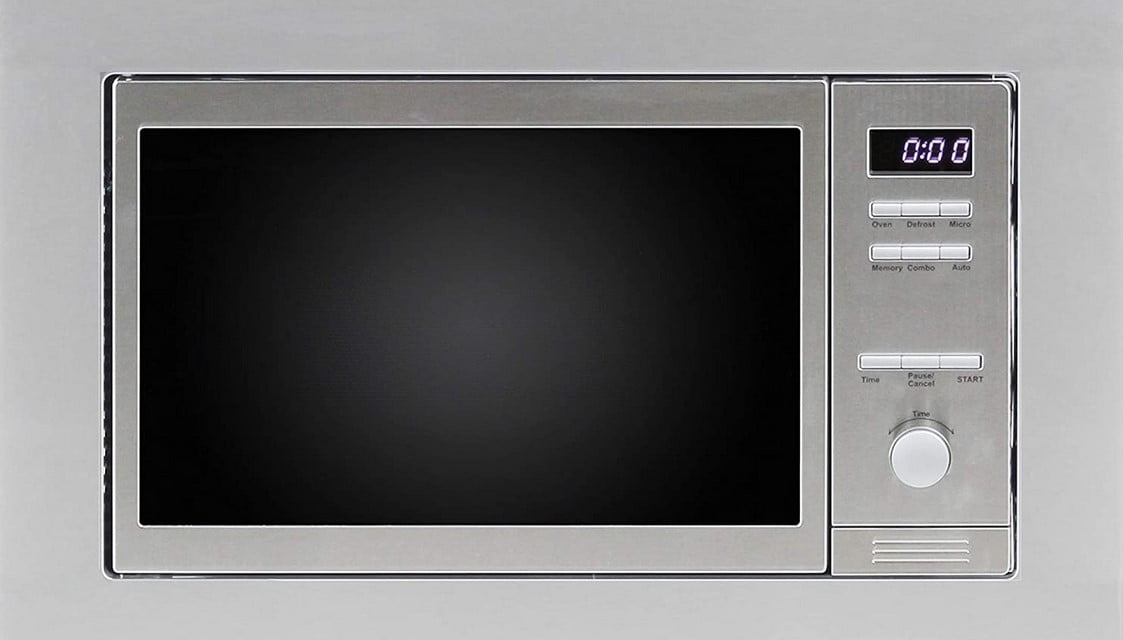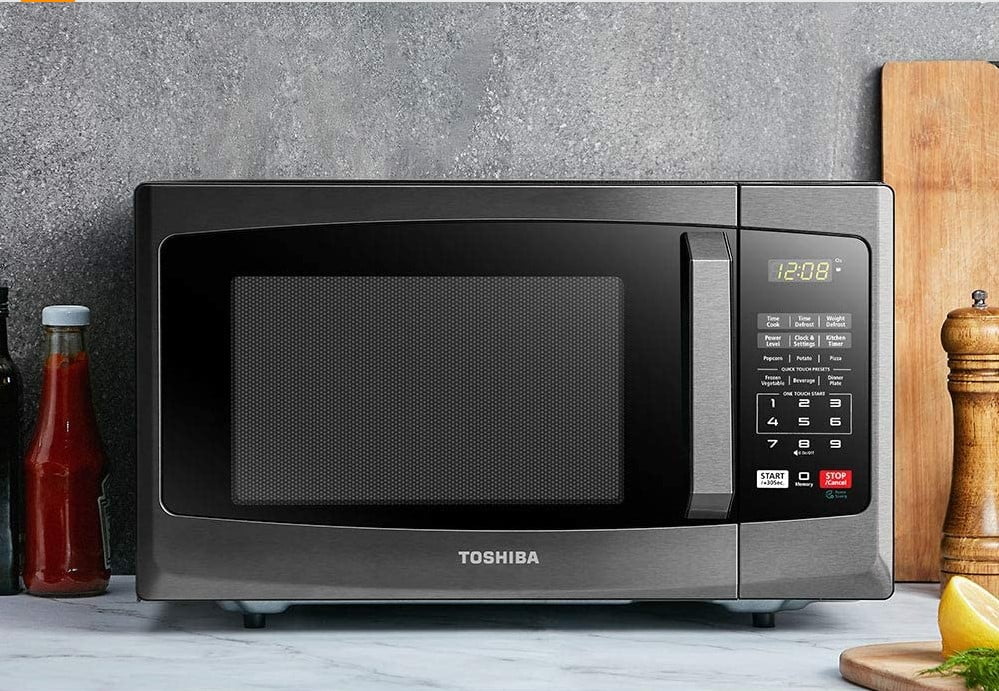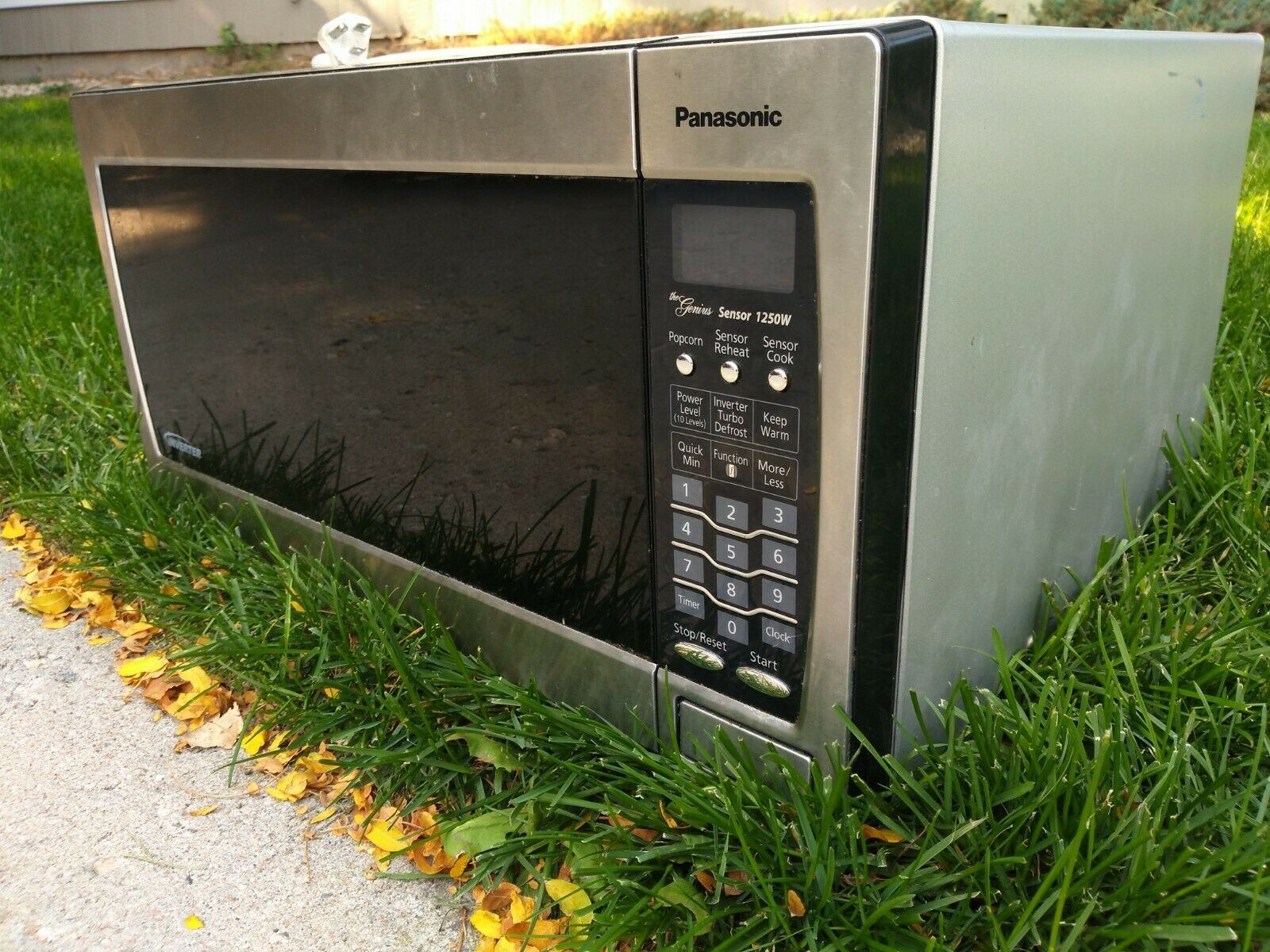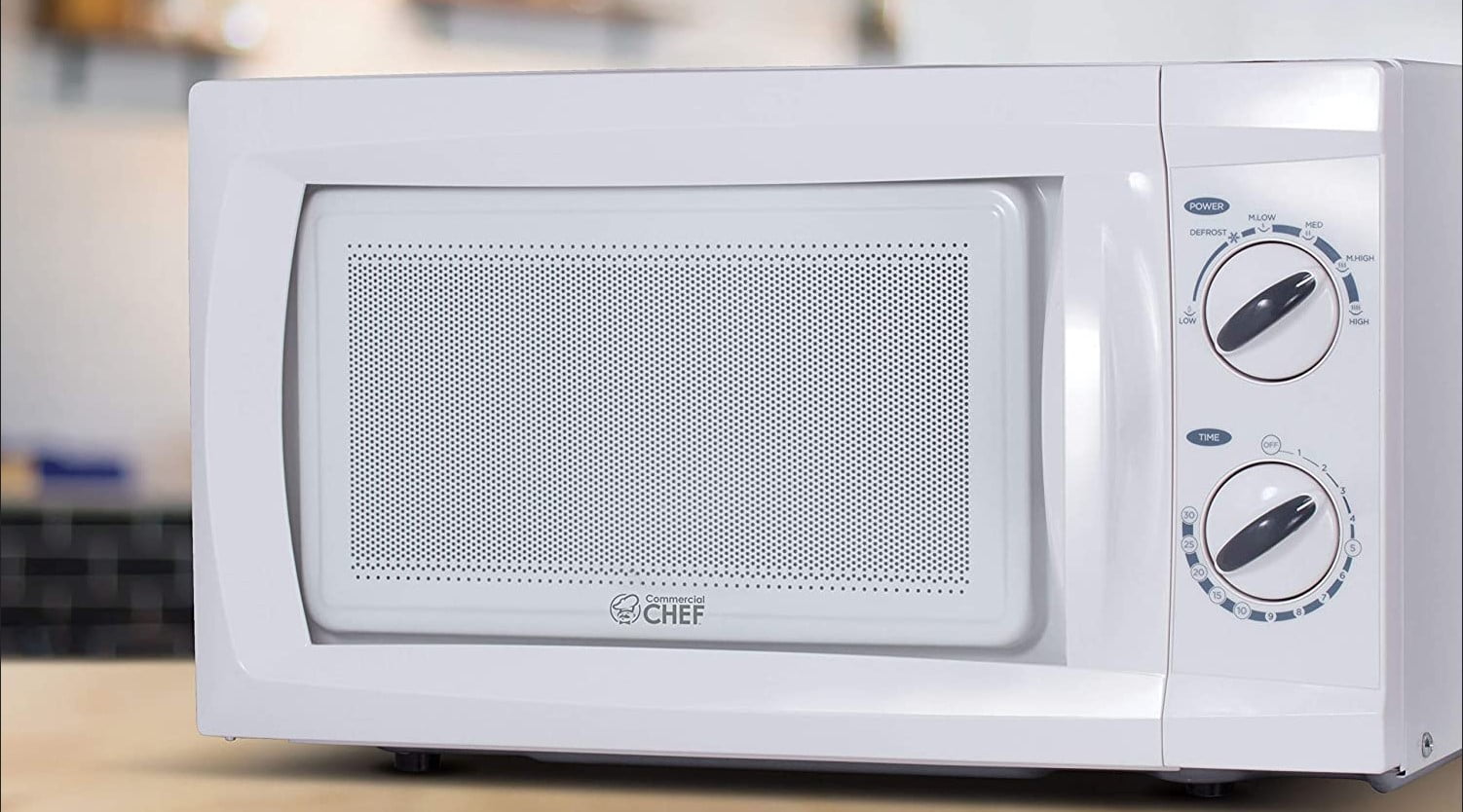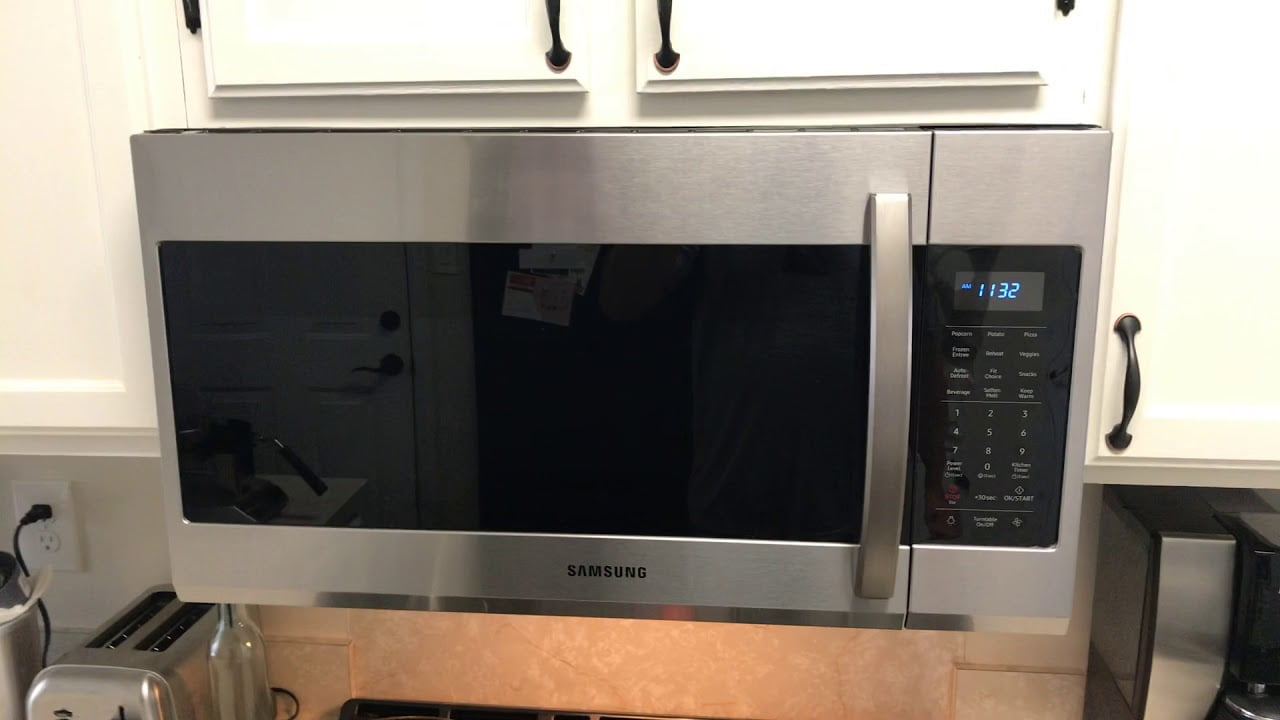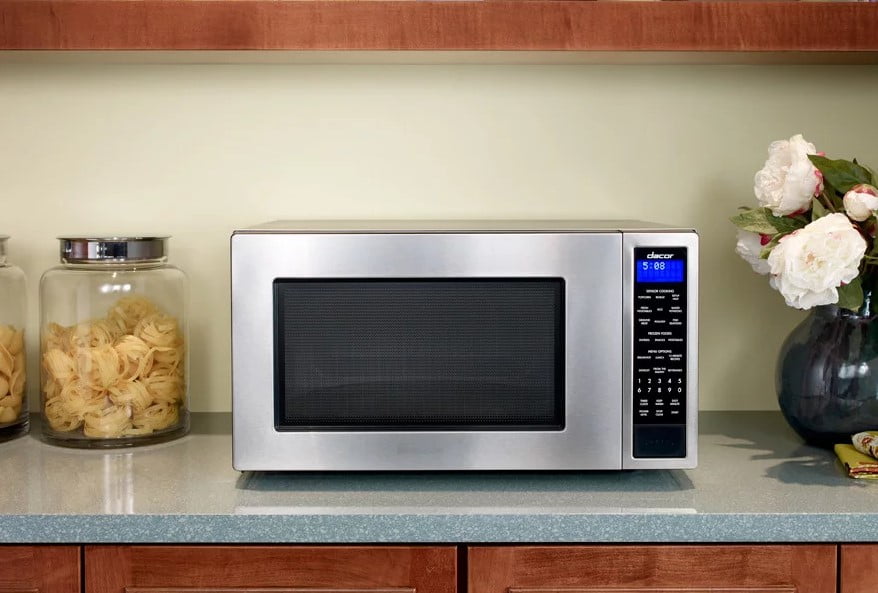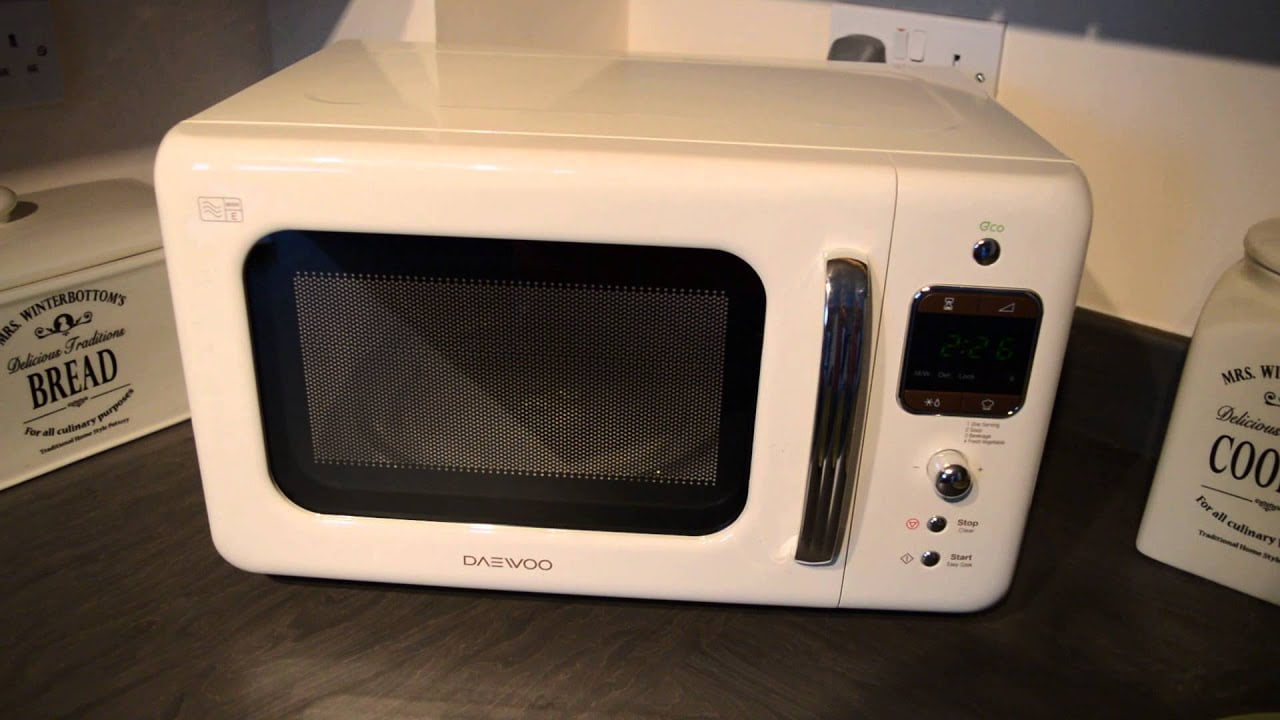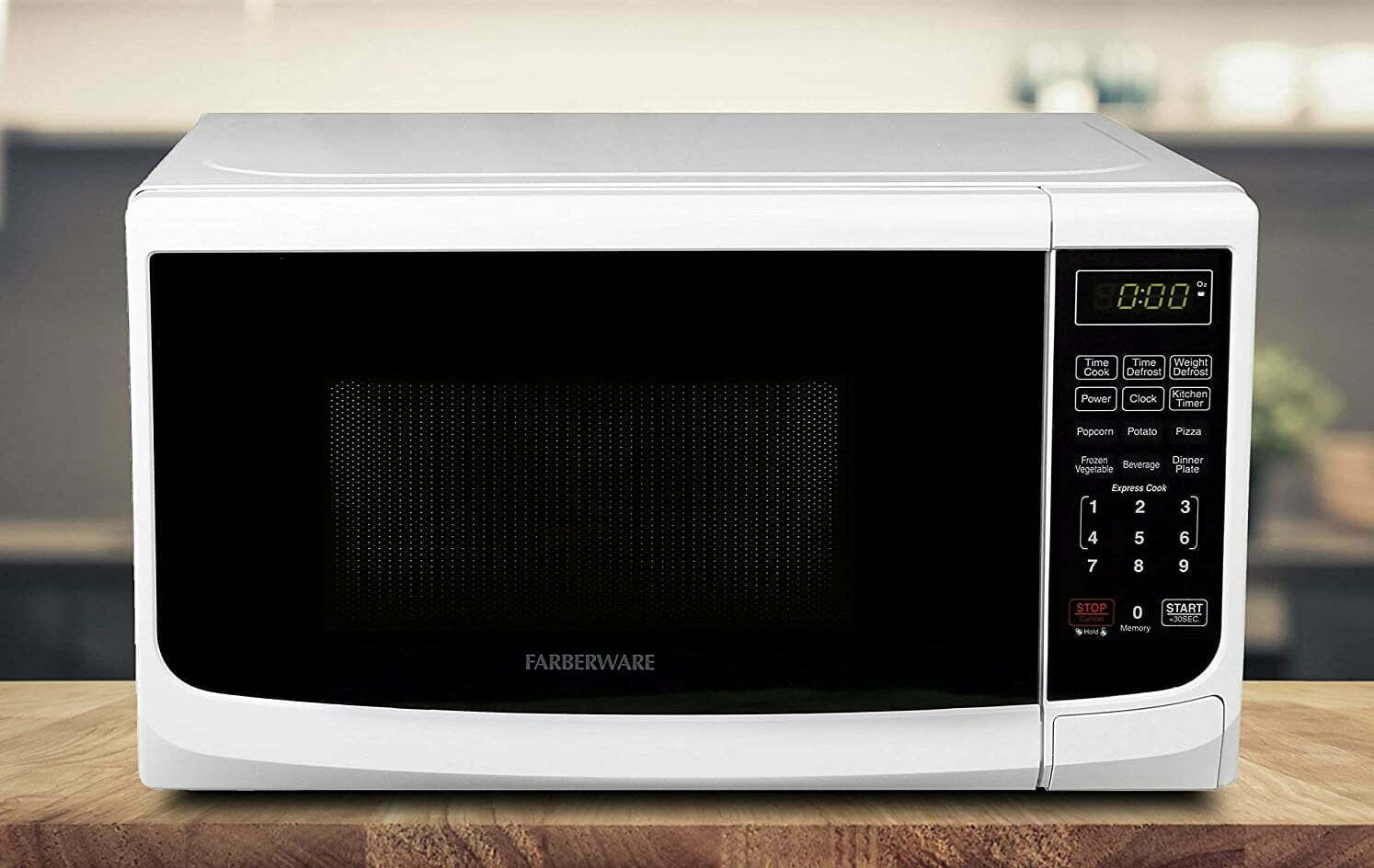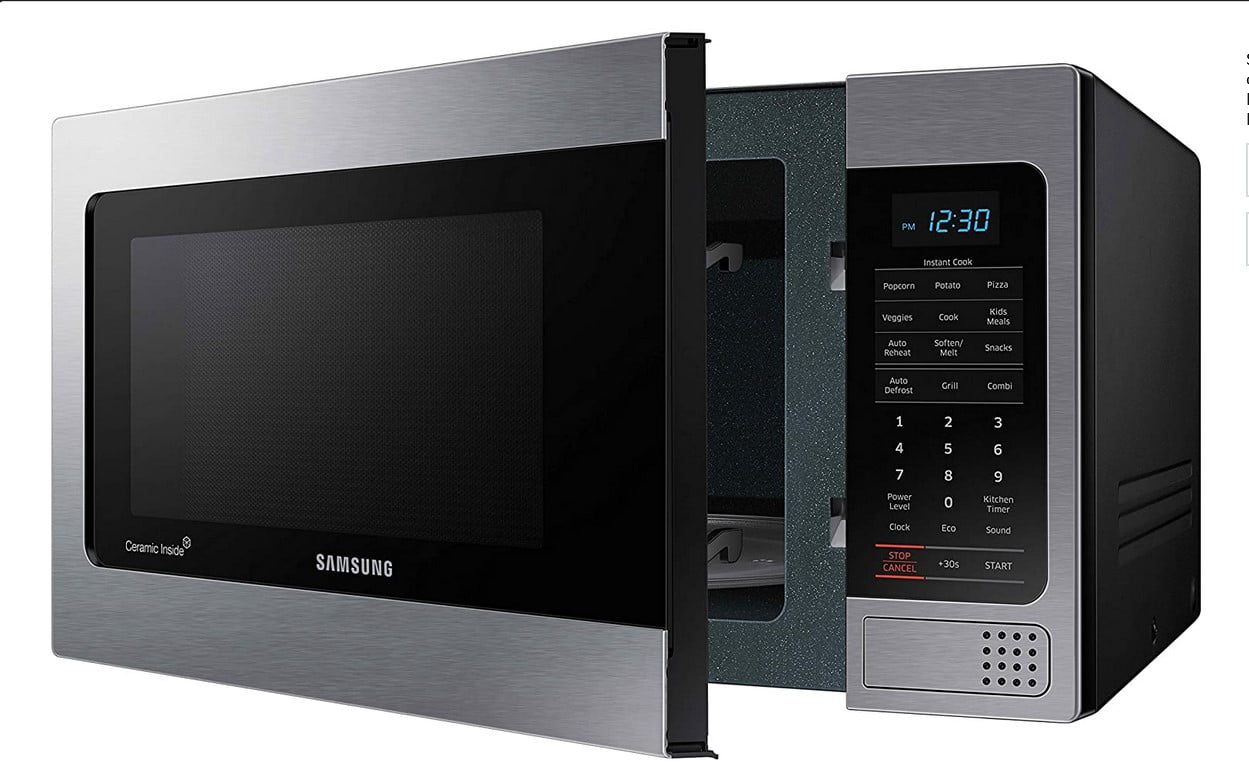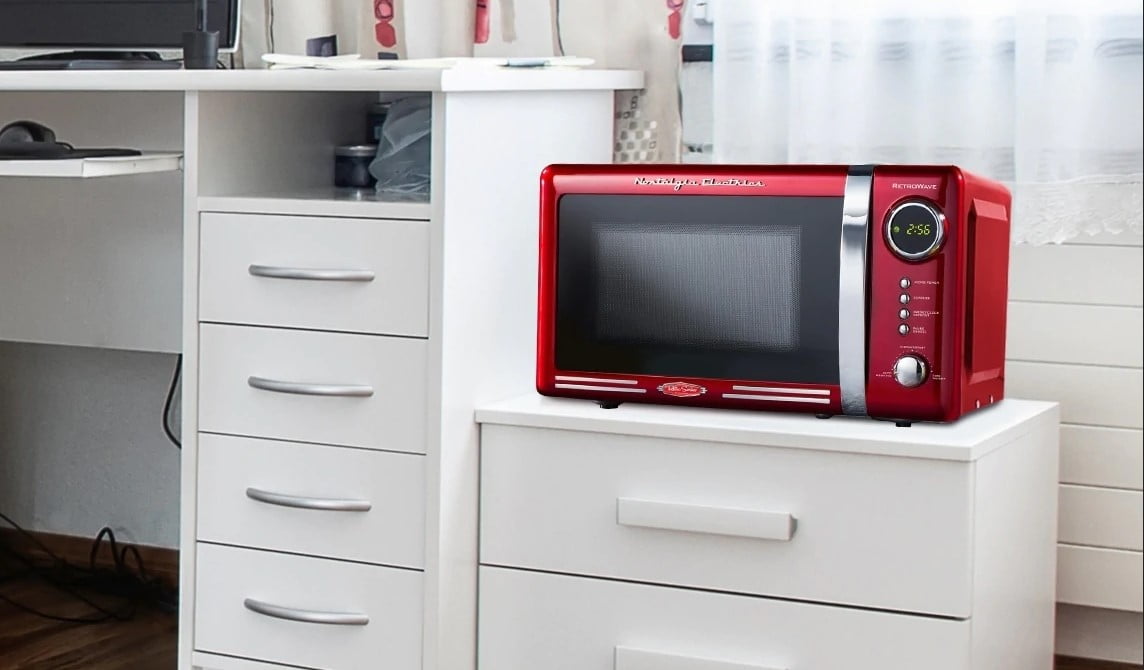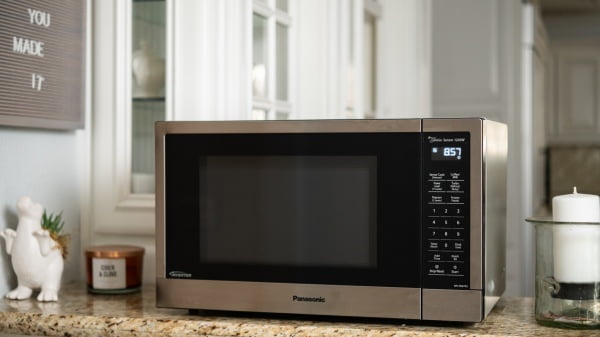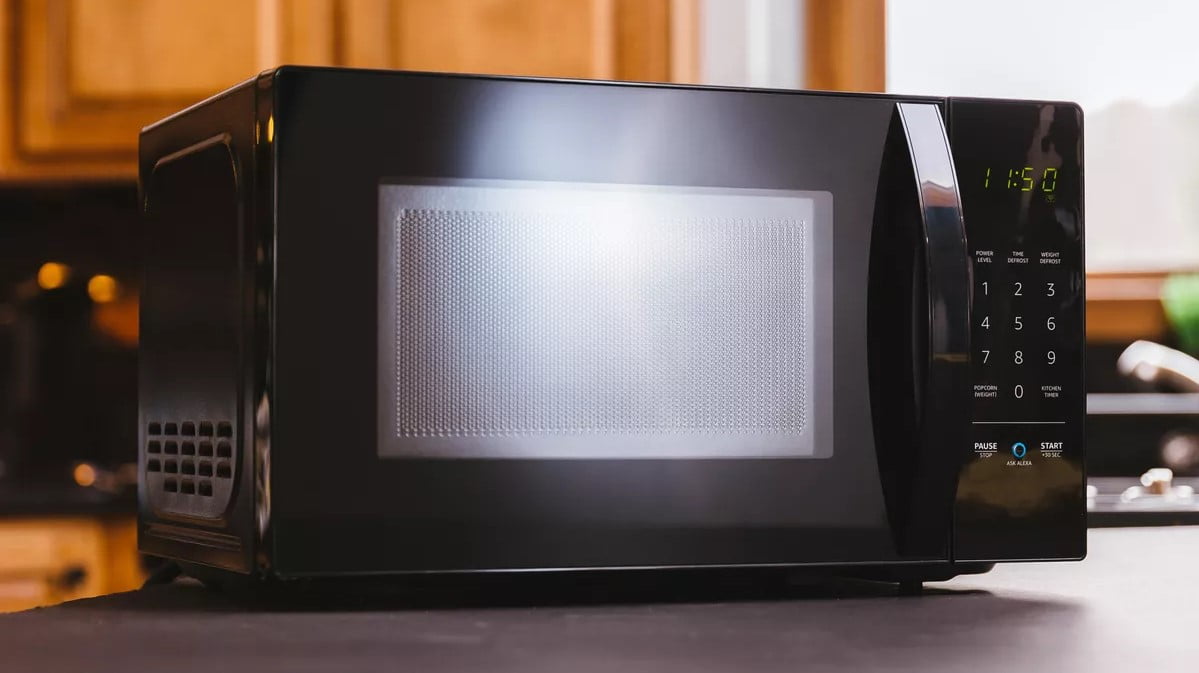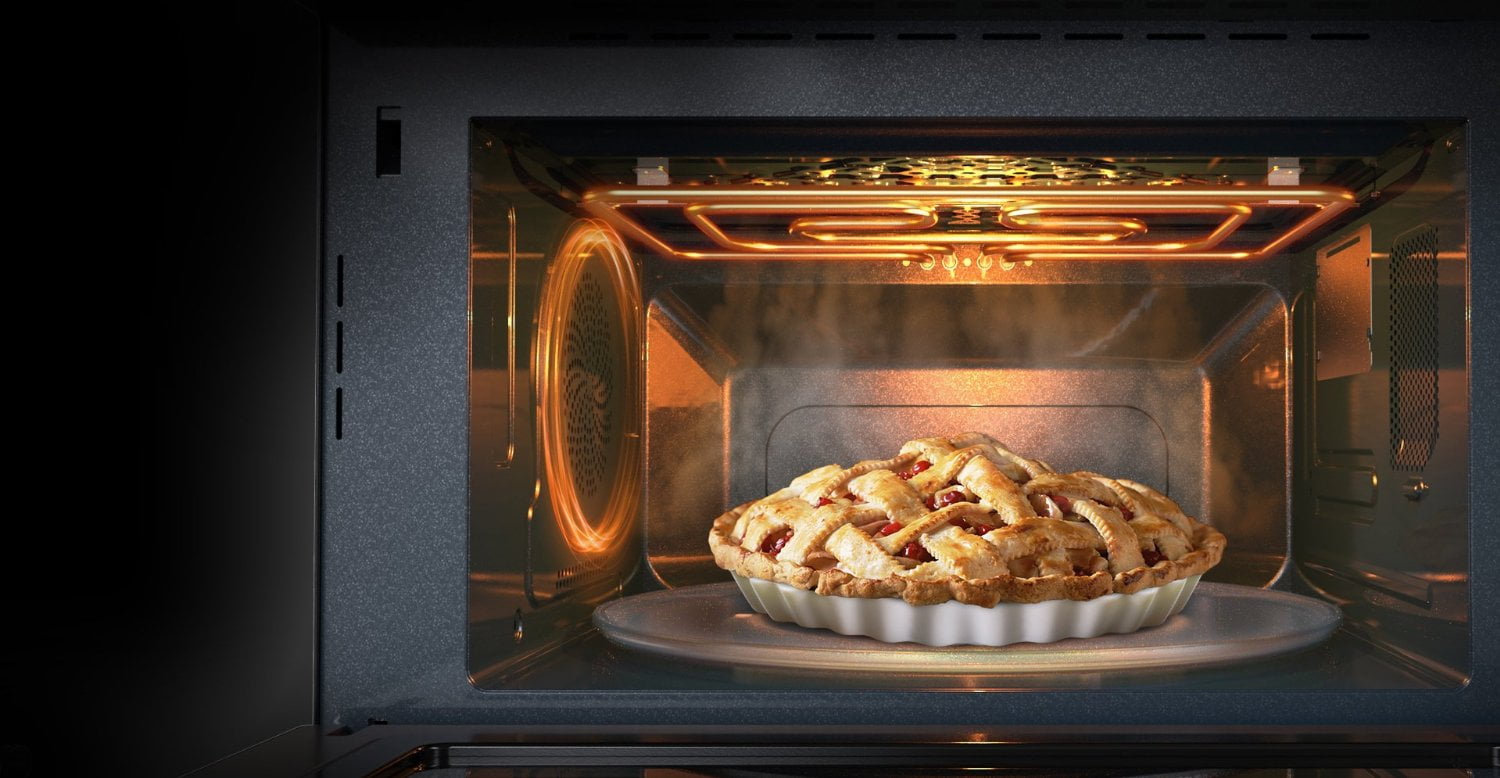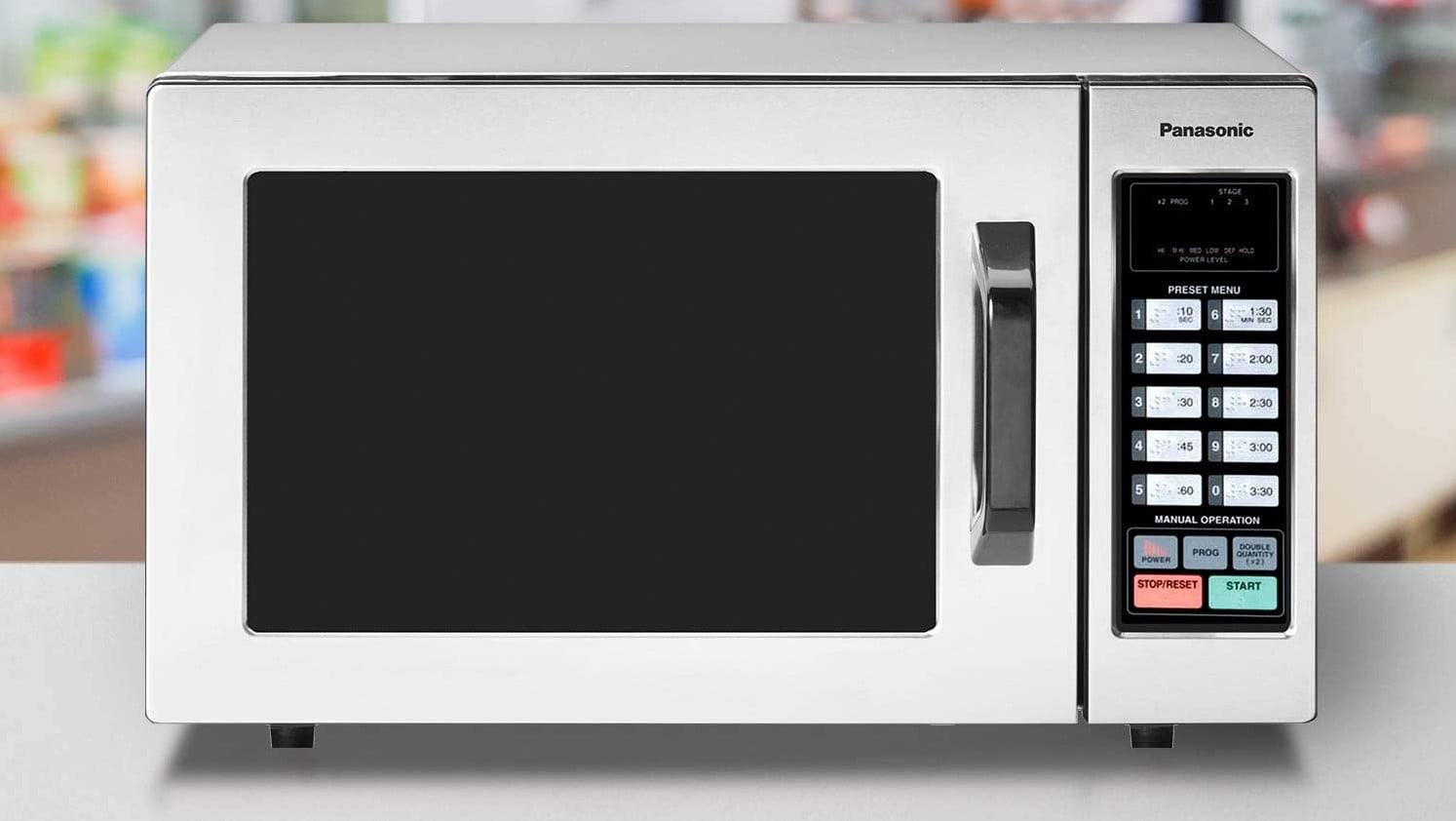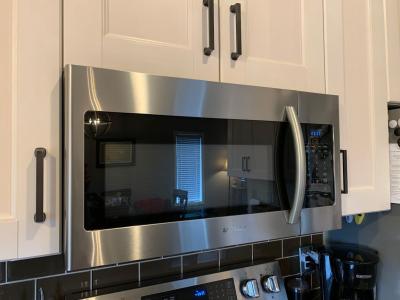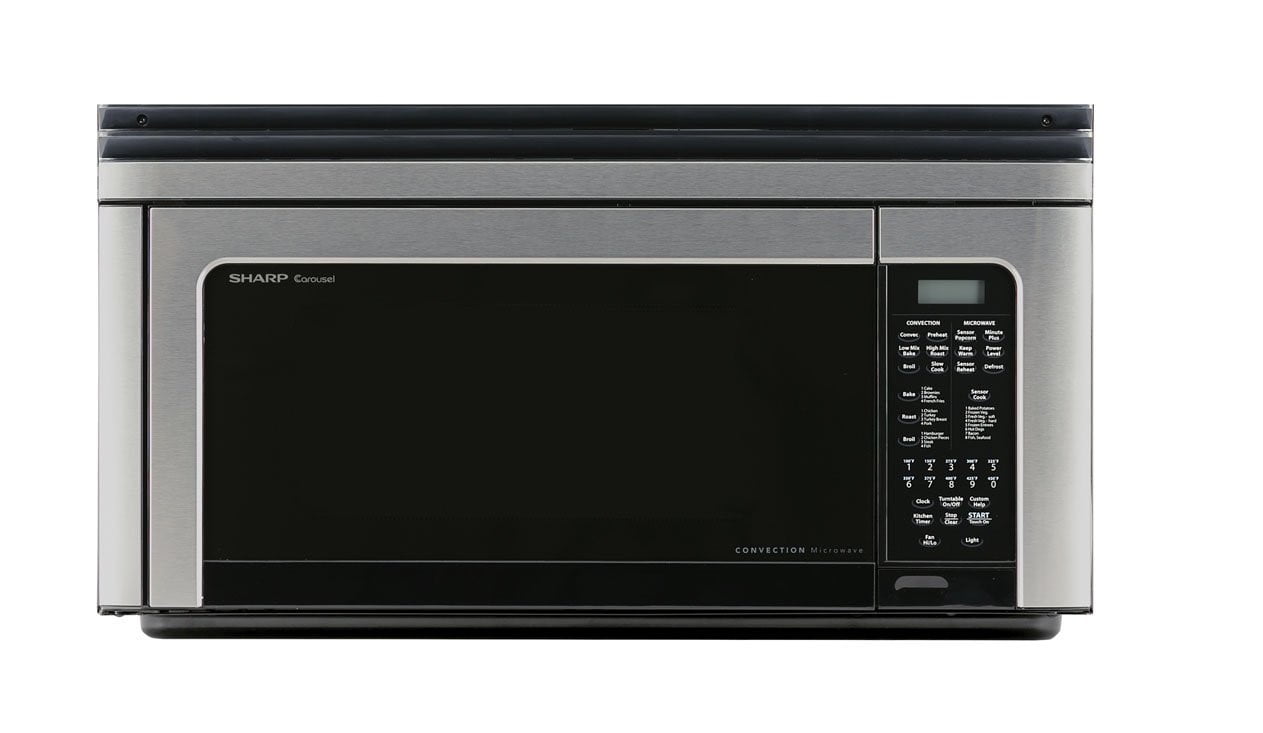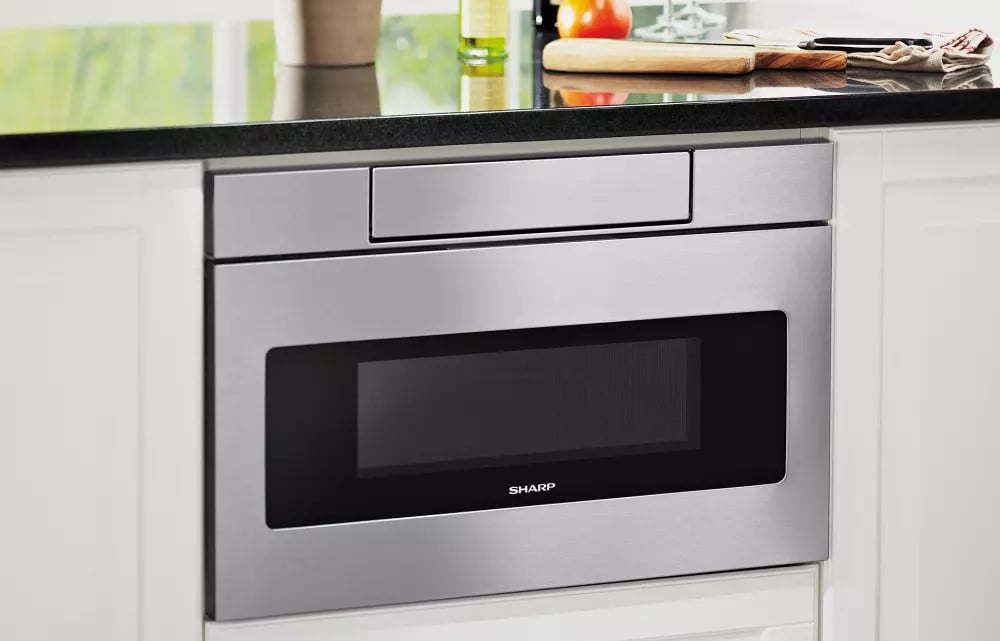When your microwave is not heating, there are several potential culprits you can troubleshoot at home. Some issues are more fixable than others, and even in the best microwaves, some may not be worth the trouble and expense compared to buying a new microwave.
KEY TAKEAWAYS:
- When your microwave isn’t heating, a failed or damaged high-voltage diode, magnetron, or interlocking door switch are the most common issues that you can easily troubleshoot at home.
- Before doing any major home troubleshooting or repair, make sure the microwave is unplugged and properly discharged; there are some exceptions, but it’s always the best safety practice.
- Often in the case of major component replacements, the prudent solution is to buy a new microwave, since repairs are often more than the cost of a new oven, not to mention potentially dangerous.
To troubleshoot any issue, you’ll need a few tools and carefully follow a few guidelines and safety precautions. Also, if your microwave is experiencing other problems, such as if the lights are dim during use, some of these tips may not apply.
Troubleshooting Microwave Issues
When a microwave isn’t heating, you first need to figure out what the issue is. Once you’ve narrowed down the problem, you can determine whether it’s repairable at home, worth a professional repair, in need of a replacement part, or whether a replacement microwave is the most prudent option.
Insider Tip
Repair or replacement of major components like the magnetron is often more expensive than the cost of a new microwave itself, even if done at home.
High-Voltage Diode
The high-voltage diode helps direct and provide power to the magnetron. It’s generally behind the microwave’s front panel, close to the control buttons. If it fails or burns out, the microwave can’t produce enough electricity to make the magnetron spin to heat food or liquids.
You’ll Need:
- A Phillips-head screwdriver
- A multimeter
Unplug the microwave and remove the front panel using the screwdriver. Then, check the polarity of the diode. You’re looking for it to show low resistance in one direction and high resistance in the other. Any other reading means your diode needs replacing.
Interlocking Door Switch
The interlocking door switch prevents the microwave from running when the door is open (which is unsafe). If it’s failing to lock, which is especially common if the door is slammed shut too often, you can easily confirm this is the case by seeing if the light stays on when the door is closed but the microwave is not running.
The door switch is inexpensive to replace and can be installed at home as long as the microwave has been properly discharged.
The Magnetron
The magnetron produces the microwaves in a microwave oven, and when it fails, not only will the appliance not heat, but it can blow fuses in the oven that cause other problems. To properly troubleshoot this, you’ll need:
- A rubberized Phillips head screwdriver
- A multimeter
- Rubberized work or safety gloves
You’ll need to unplug and, after removing the cabinet housing with the screwdriver, properly discharge the microwave oven’s high voltage capacitor. After removing the magnetron, check its terminals with your multimeter. You should get a read of 2 to 3 ohms of resistance if the magnetron is working. Next, use one multimeter probe and touch the metal housing around the magnetron. If you get a reading of zero, your magnetron needs replacing.
If this is the case, it’s more often than not more practical to replace the microwave completely, since the cost of a new magnetron alone can be $100-250, often as much or more than the cost of a new oven.
Warning
To prevent dangerous electrical shock, most major microwave oven repairs or component replacements absolutely require the proper discharging of the oven’s capacitor before proceeding.
F.A.Q.S
Why is my microwave turning itself off?
When a microwave oven is shutting itself off during use, it’s doing so to prevent a dangerous power overload (which can cause a fire.) Possible issues could be a defective transformer, a blown fuse, or a failed or defective thermal protector, all of which can be tested with a multimeter.
What are the main parts of a microwave?
The main parts and components that make a microwave function are a high-voltage power source, a transformer or power converter, a magnetron to produce the actual microwaves, interlocking door switches, and a capacitor.
What fuse do I need for my microwave?
Generally speaking, manufacturers will print the correct type on the plastic casing that protects the fuse in the oven. It may also be on the fuse itself, which you can find after removing it.
STAT: Magnetrons are generally quite reliable and can last anywhere from 10-15 years- usually longer than the life of any other microwave component. (source)
STAT: Microwave ovens generally last for about six years before major failure of enough components to warrant a replacement. (source)
STAT: 90% of the time, a microwave that won’t heat results from a failed fuse, capacitor, or internal door switch. (source)
REFERENCES:
- https://en.wikipedia.org/wiki/Home_appliance
- https://www.sciencedirect.com/science/article/pii/S0959652620353944
- https://www.youtube.com/watch?v=t1tdj3OnlXU&ab_channel=electronicsNmorer
- https://www.mrappliance.com/residential-services/kitchen/microwave-oven-repairs/
- https://en.wikipedia.org/wiki/Cavity_magnetron
- https://www.youtube.com/watch?v=j0qLdFxeZ3E&ab_channel=WService















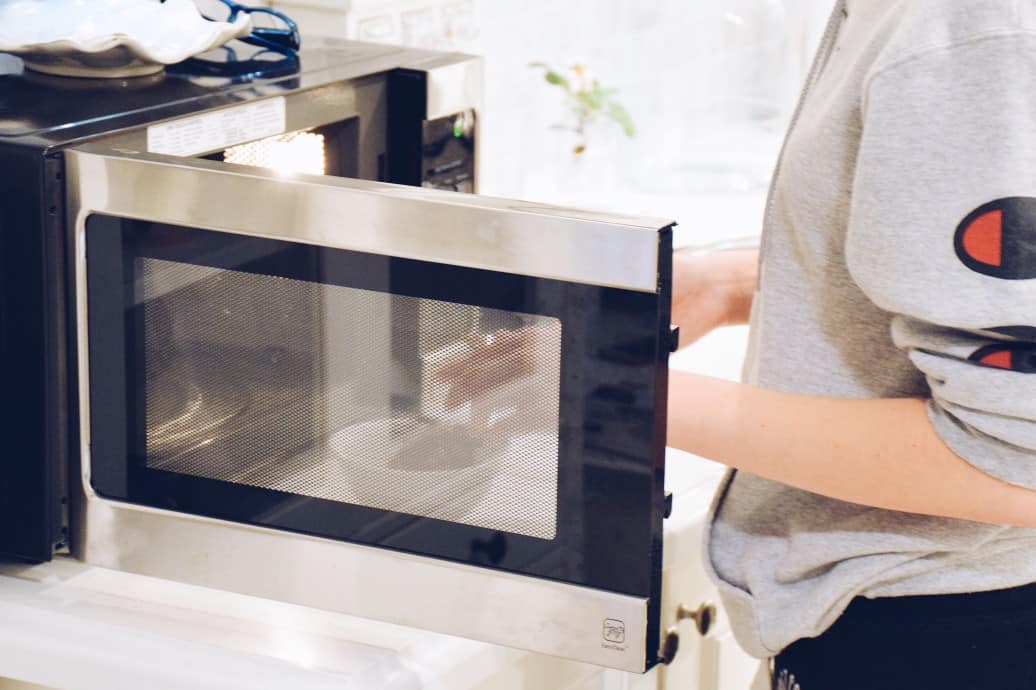
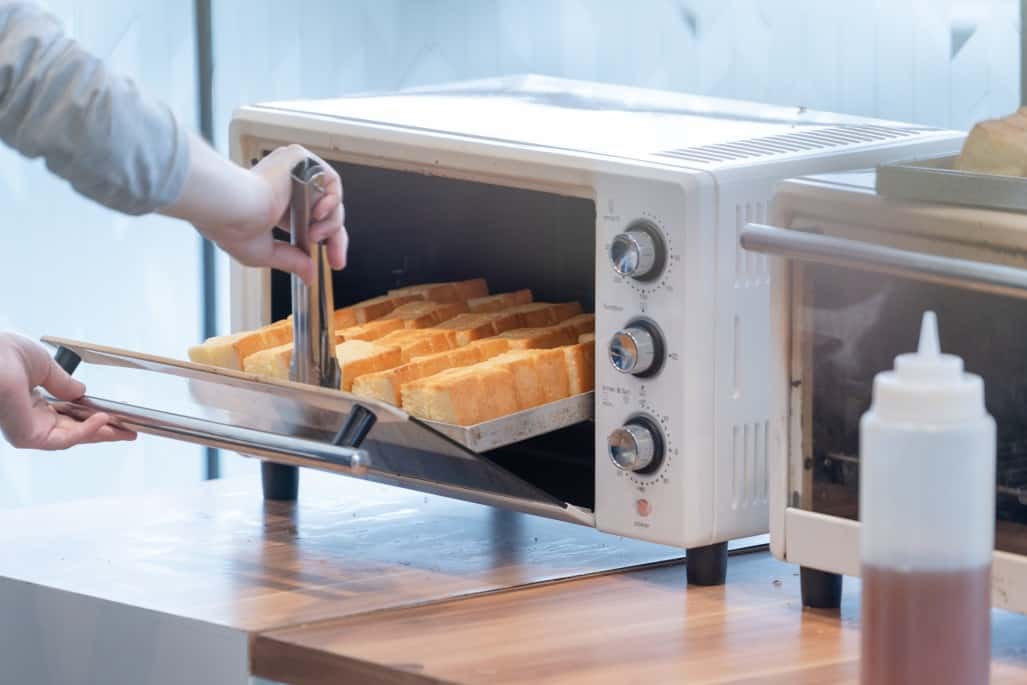
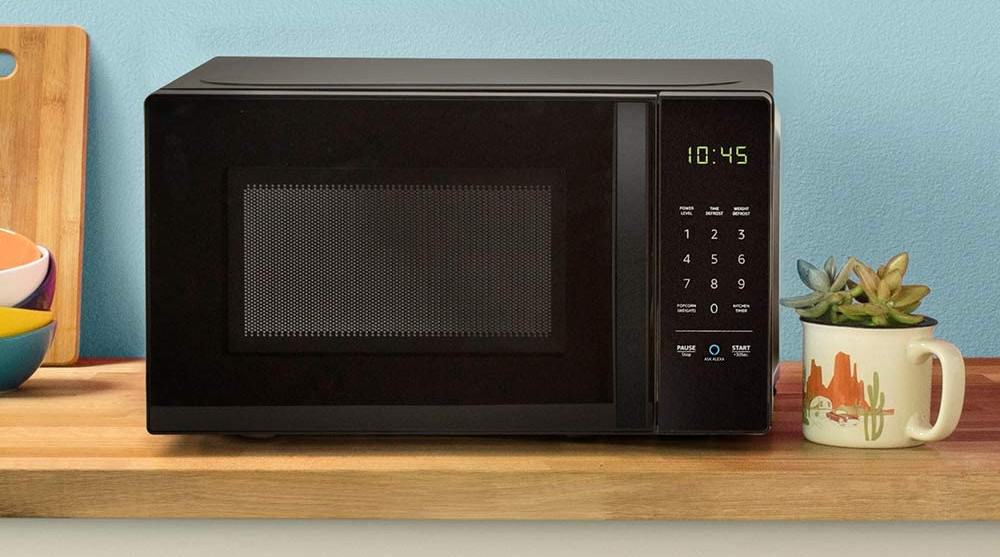

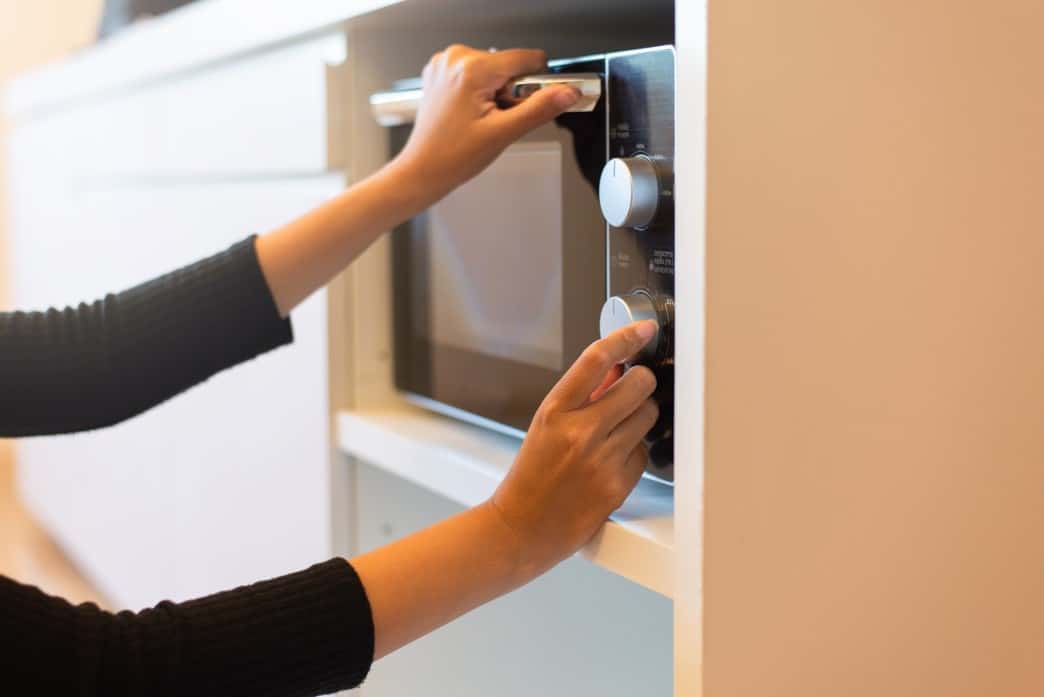
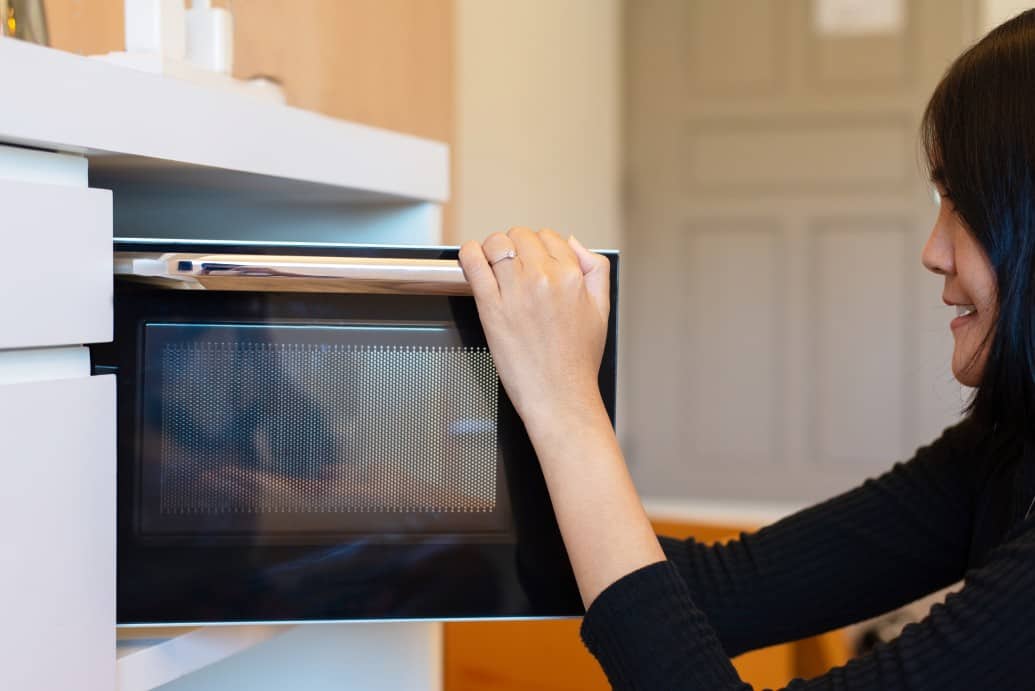
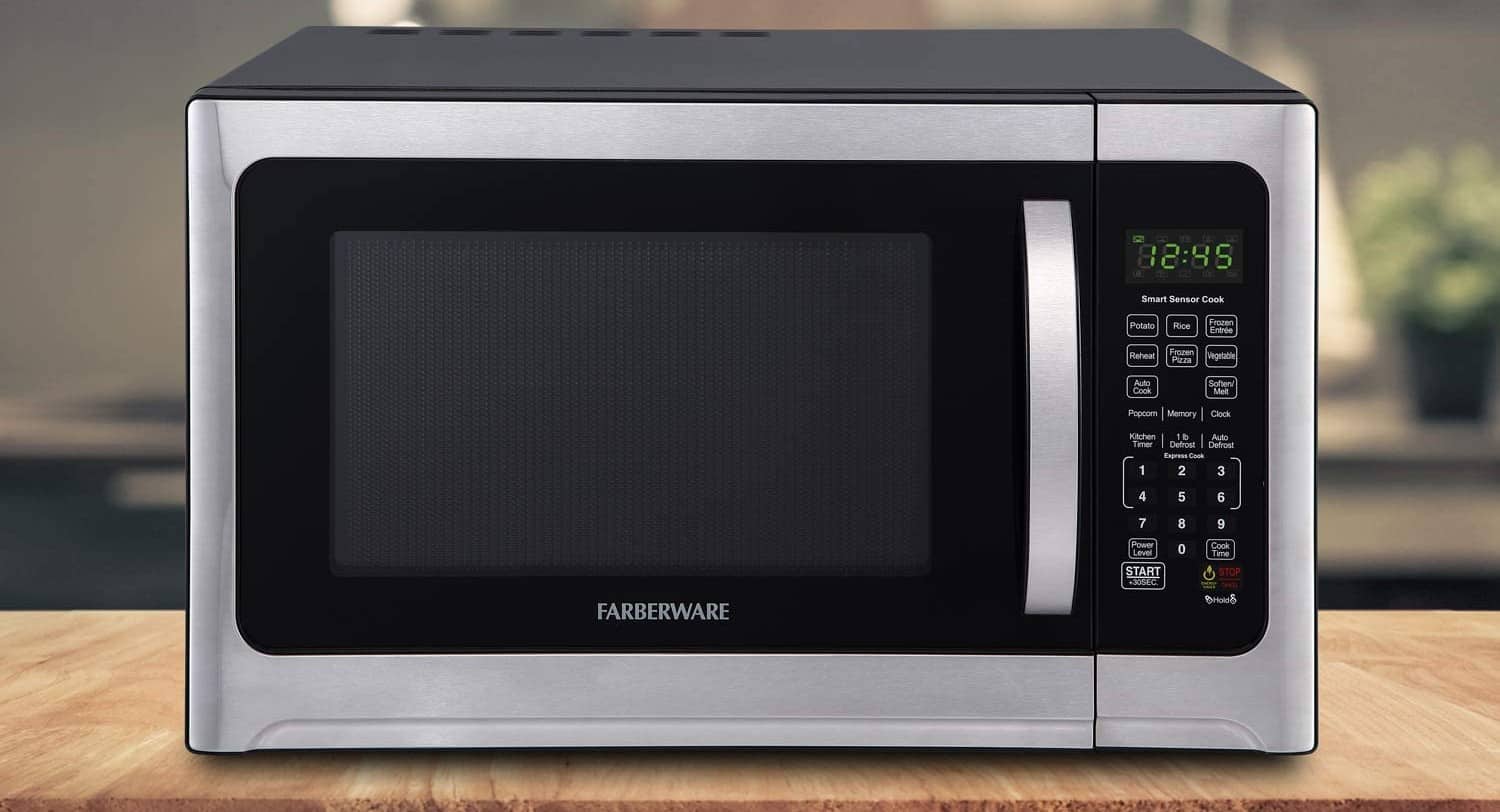
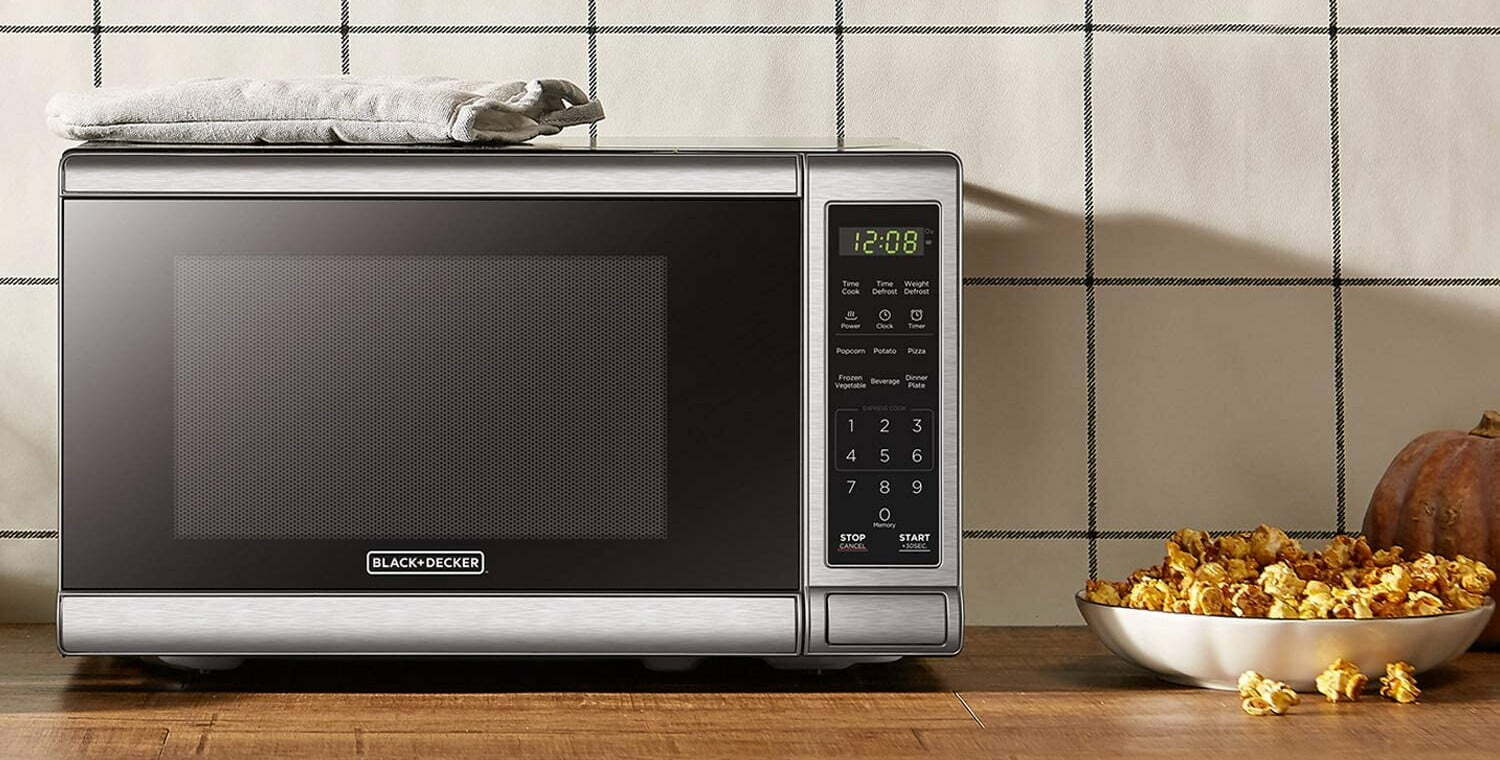
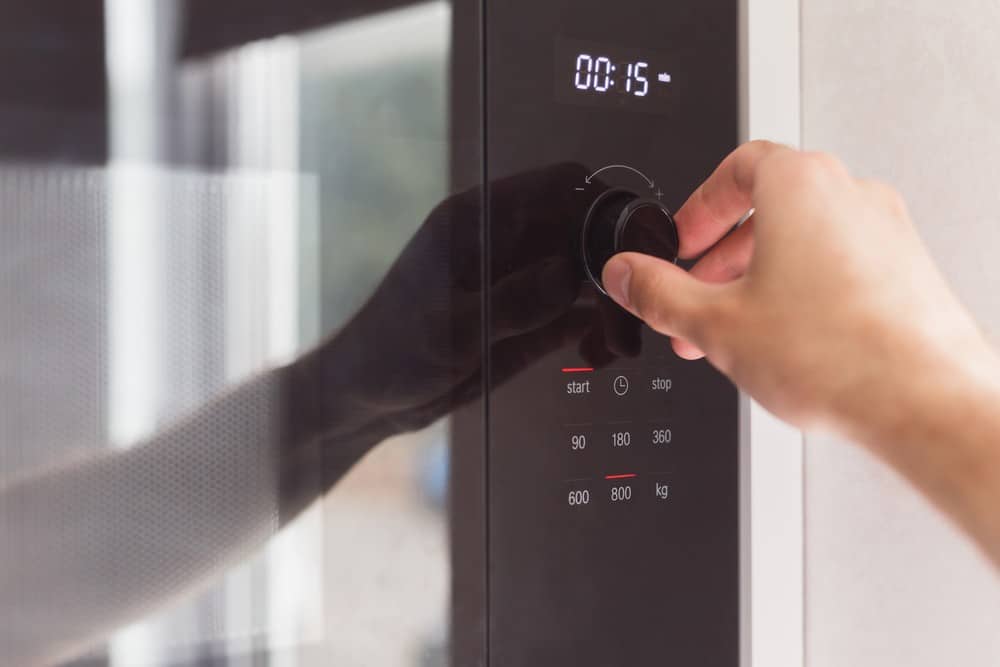
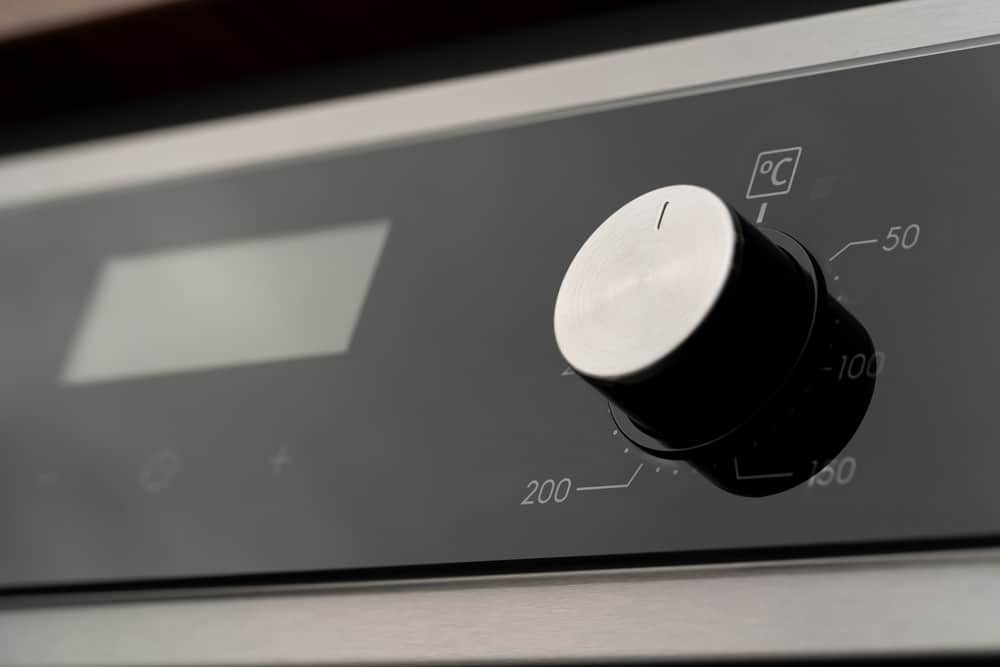
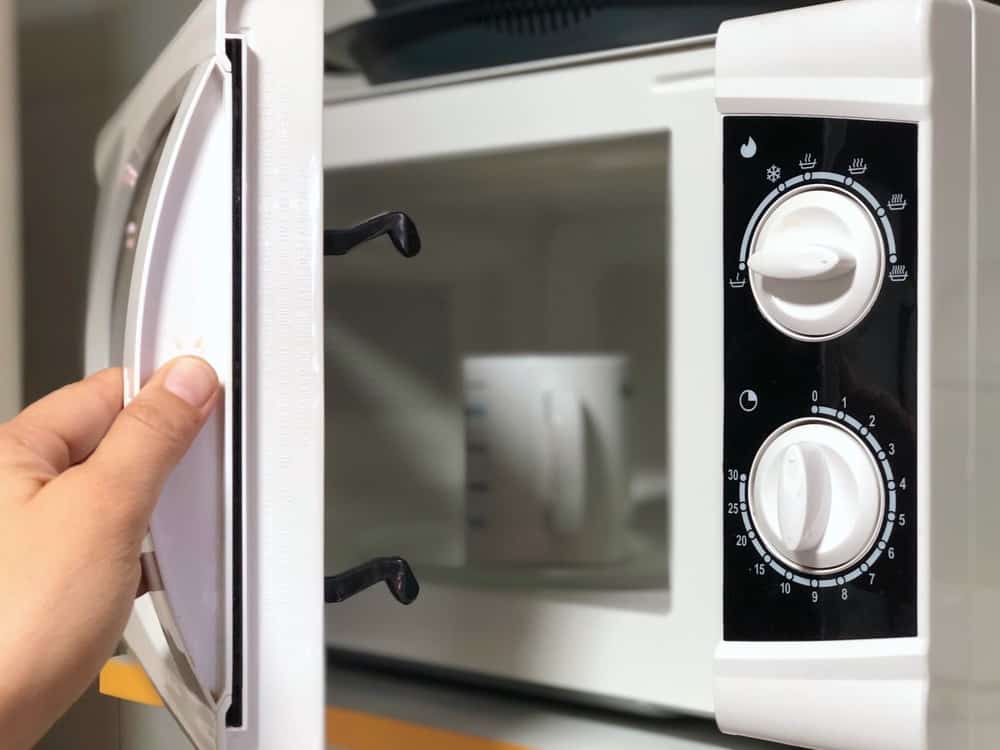

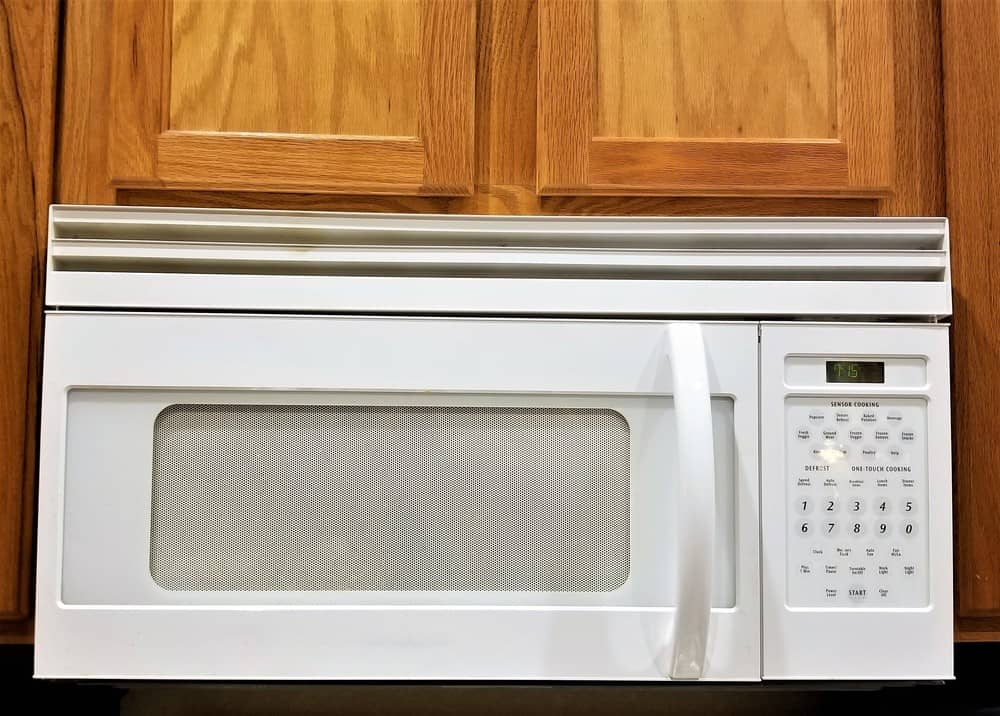
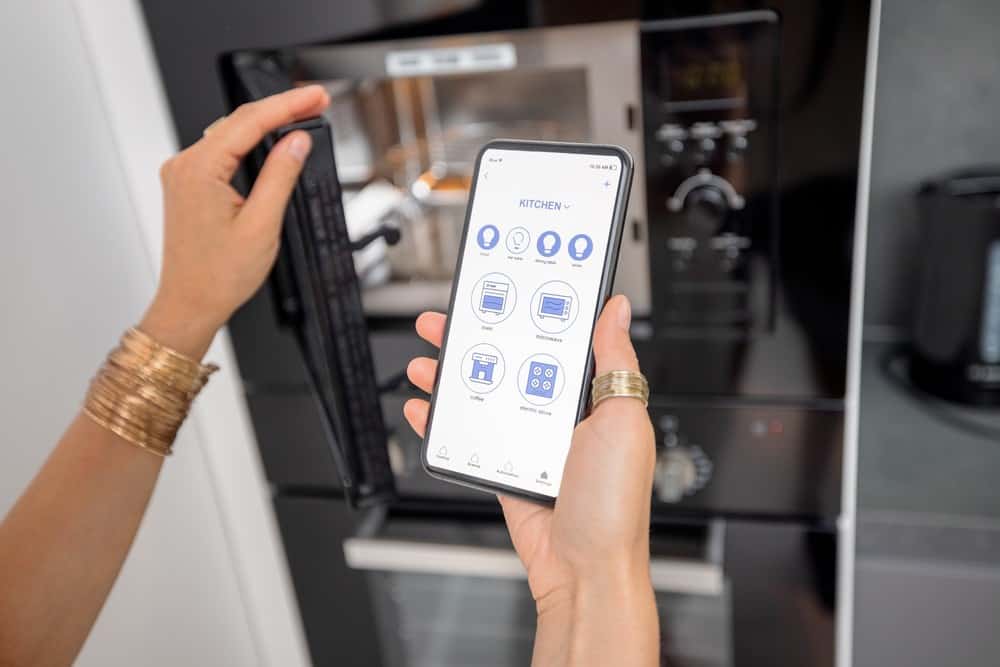

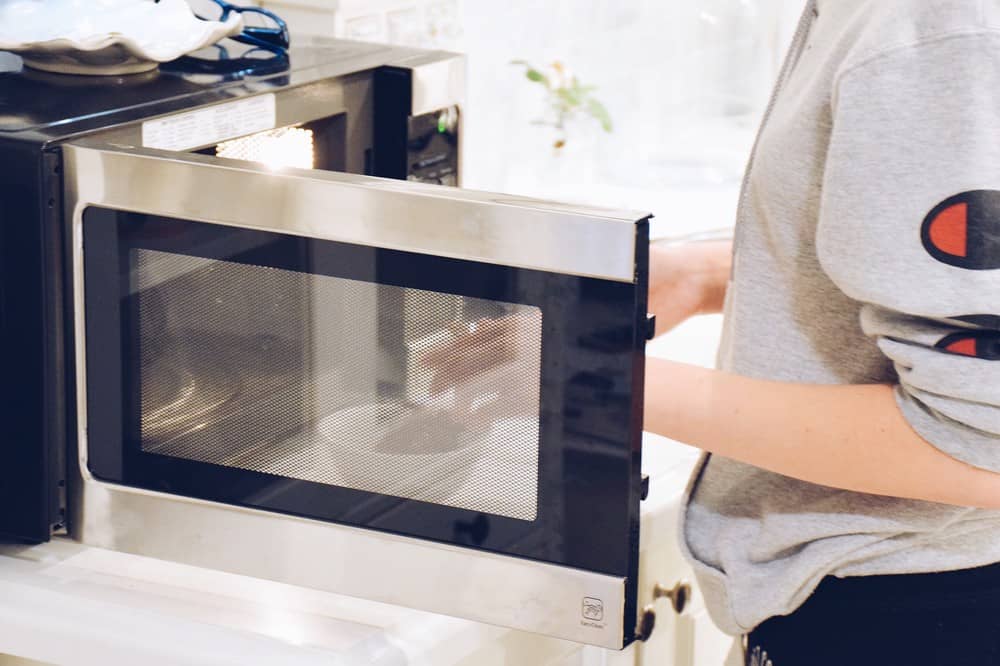

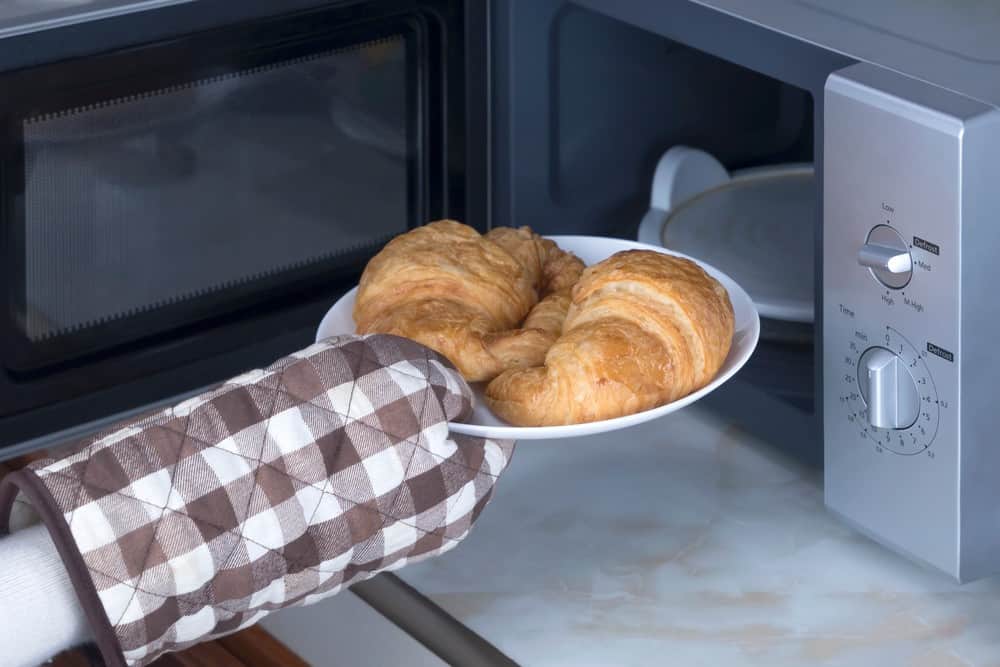
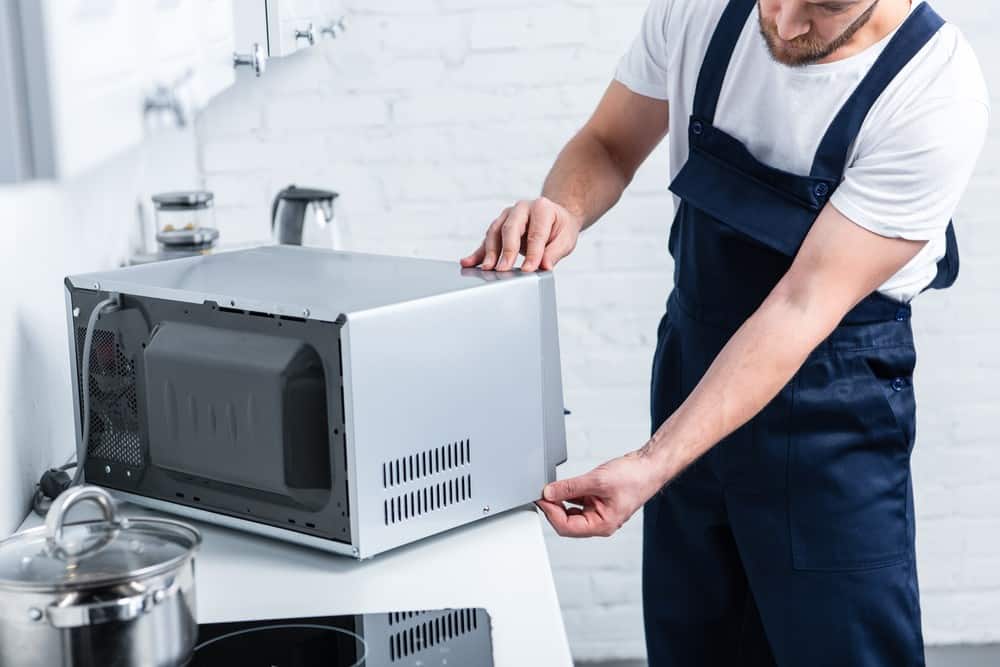
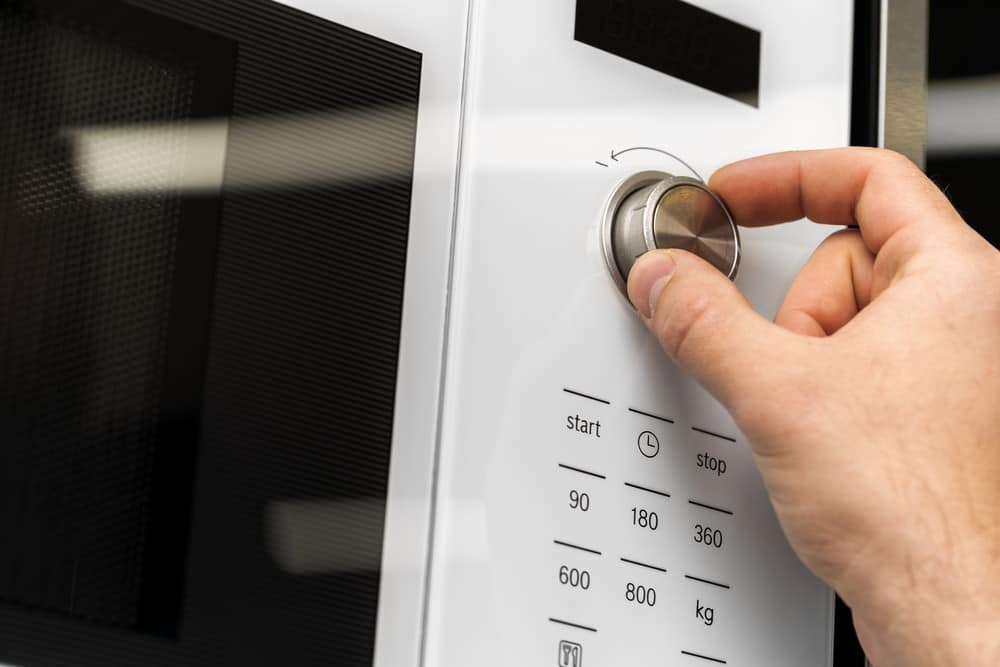
![Best Kitchen Appliances in [year] ([month] Reviews) 27 Best Kitchen Appliances in 2025 (December Reviews)](https://www.gadgetreview.dev/wp-content/uploads/best-kitchen-appliances.jpg)
![Best Whirlpool Microwaves in [year] 28 Best Whirlpool Microwaves in 2025](https://www.gadgetreview.dev/wp-content/uploads/best-whirlpool-microwaves-image.jpg)
![Best Microwave Drawers in [year] 29 Best Microwave Drawers in 2025](https://www.gadgetreview.dev/wp-content/uploads/best-microwave-drawer-image.jpg)
![Best Quiet Microwaves in [year] 30 Best Quiet Microwaves in 2025](https://www.gadgetreview.dev/wp-content/uploads/best-quiet-microwave-image.jpg)
![Best LG Microwaves in [year] 31 Best LG Microwaves in 2025](https://www.gadgetreview.dev/wp-content/uploads/best-lg-microwaves-image.jpg)
![Best Microwaves in [year] ([month] Reviews) 32 Best Microwaves in 2025 (December Reviews)](https://www.gadgetreview.dev/wp-content/uploads/best-microwaves-image.jpg)
![Best Over the Range Convection Microwaves in [year] 33 Best Over the Range Convection Microwaves in 2025](https://www.gadgetreview.dev/wp-content/uploads/best-over-the-range-convection-microwave-image.jpg)
![Best Retro Microwaves in [year] 34 Best Retro Microwaves in 2025](https://www.gadgetreview.dev/wp-content/uploads/best-retro-microwave-image.jpg)
![Best GE Microwaves in [year] 35 Best GE Microwaves in 2025](https://www.gadgetreview.dev/wp-content/uploads/best-ge-microwaves-image..jpg)
![10 Best Samsung Microwaves in [year] 36 10 Best Samsung Microwaves in 2025](https://www.gadgetreview.dev/wp-content/uploads/best-samsung-microwaves-image.jpg)
![10 Best Microwaves for Seniors in [year] 37 10 Best Microwaves for Seniors in 2025](https://www.gadgetreview.dev/wp-content/uploads/best-microwaves-seniors-image.jpg)
![10 Best Microwave Toaster Oven Combo in [year] 38 10 Best Microwave Toaster Oven Combo in 2025](https://www.gadgetreview.dev/wp-content/uploads/best-microwave-toaster-oven-combo-scaled-1.jpg)
![10 Best Panasonic Microwaves in [year] 39 10 Best Panasonic Microwaves in 2025](https://www.gadgetreview.dev/wp-content/uploads/best-panasonic-microwaves.jpg)
![10 Best Microwaves for College Dorms in [year] 40 10 Best Microwaves for College Dorms in 2025](https://www.gadgetreview.dev/wp-content/uploads/best-microwaves-for-college-dorms.jpg)
![10 Best Compact Microwaves in [year] 41 10 Best Compact Microwaves in 2025](https://www.gadgetreview.dev/wp-content/uploads/best-compact-microwave-image.jpg)
![10 Best Convection Microwave Ovens in [year] 42 10 Best Convection Microwave Ovens in 2025](https://www.gadgetreview.dev/wp-content/uploads/best-convection-microwave-oven-image.jpg)
![10 Best Built In Microwaves in [year] 43 10 Best Built In Microwaves in 2025](https://www.gadgetreview.dev/wp-content/uploads/best-built-in-microwave-image.jpg)



